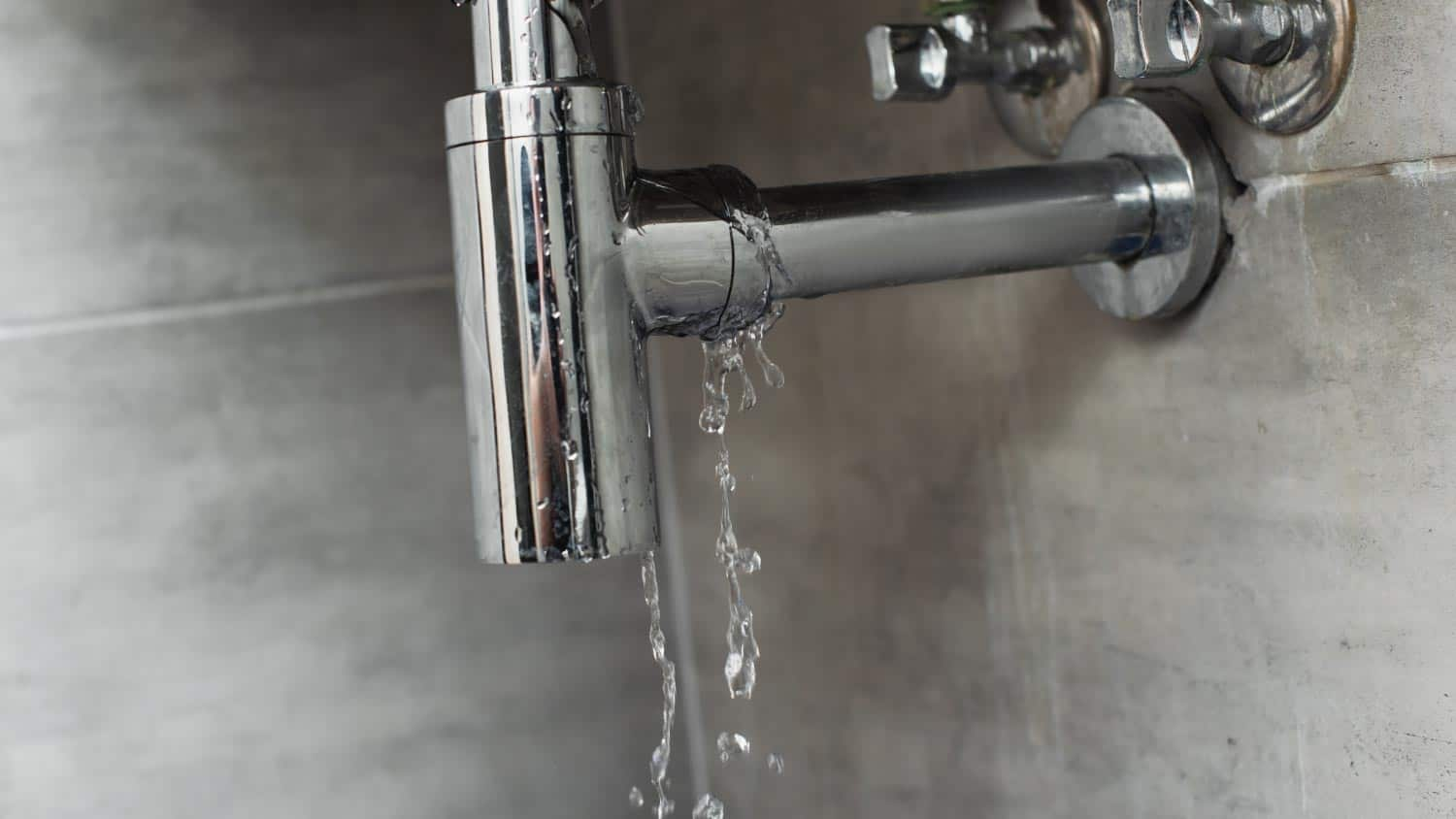Guide To Water Leak Detection At Home
Guide To Water Leak Detection At Home
Blog Article
Are you currently in search of information and facts about Leaking water lines?

Early discovery of dripping water lines can mitigate a possible calamity. Besides saving you cash, it will certainly minimize the irritation and frustration. The minute you find a leakage, calling your plumber for repair services is the most effective option. However, some small water leaks might not be visible. If you can not spot it with your nude eyes, below are some hacks that aid.
1. Check Out the Water Meter
Examining it is a proven means that helps you find leaks. If it relocates, that suggests a fast-moving leakage. This suggests you may have a slow leakage that can also be underground.
2. Inspect Water Usage
Assess your water costs and also track your water intake. As the one paying it, you must discover if there are any kind of inconsistencies. If you spot sudden changes, in spite of your consumption coinciding, it suggests that you have leaks in your plumbing system. Bear in mind, your water bill ought to drop under the exact same variety monthly. A sudden spike in your bill suggests a fast-moving leak.
A stable rise every month, even with the very same habits, shows you have a sluggish leakage that's likewise slowly intensifying. Call a plumber to thoroughly inspect your building, particularly if you really feel a cozy location on your floor with piping beneath.
3. Do a Food Coloring Test
When it pertains to water usage, 30% originates from toilets. Test to see if they are running appropriately. Decline specks of food shade in the container and also wait 10 mins. There's a leak between the storage tank as well as bowl if the color in some way infiltrates your dish during that time without flushing.
4. Asses Exterior Lines
Don't forget to inspect your outdoor water lines also. Must water permeate out of the link, you have a loose rubber gasket. One tiny leakage can throw away loads of water and increase your water bill.
5. Examine and Examine the Situation
Homeowners must make it a habit to examine under the sink counters and even inside closets for any kind of bad odor or mold and mildew growth. These two red flags indicate a leak so punctual attention is needed. Doing routine examinations, even bi-annually, can save you from a significant trouble.
Check for discolorations and compromising as most appliances and pipelines have a life span. If you think dripping water lines in your plumbing system, don't wait for it to intensify.
Early discovery of dripping water lines can mitigate a possible catastrophe. Some tiny water leaks may not be noticeable. Inspecting it is a proven means that aids you uncover leakages. One tiny leak can lose heaps of water and also surge your water costs.
If you suspect dripping water lines in your plumbing system, do not wait for it to escalate.
WARNING SIGNS OF WATER LEAKAGE BEHIND THE WALL
PERSISTENT MUSTY ODORS
As water slowly drips from a leaky pipe inside the wall, flooring and sheetrock stay damp and develop an odor similar to wet cardboard. It generates a musty smell that can help you find hidden leaks.
MOLD IN UNUSUAL AREAS
Mold usually grows in wet areas like kitchens, baths and laundry rooms. If you spot the stuff on walls or baseboards in other rooms of the house, it’s a good indicator of undetected water leaks.
STAINS THAT GROW
When mold thrives around a leaky pipe, it sometimes takes hold on the inside surface of the affected wall. A growing stain on otherwise clean sheetrock is often your sign of a hidden plumbing problem.
PEELING OR BUBBLING WALLPAPER / PAINT
This clue is easy to miss in rooms that don’t get much use. When you see wallpaper separating along seams or paint bubbling or flaking off the wall, blame sheetrock that stays wet because of an undetected leak.
BUCKLED CEILINGS AND STAINED FLOORS
If ceilings or floors in bathrooms, kitchens or laundry areas develop structural problems, don’t rule out constant damp inside the walls. Wet sheetrock can affect adjacent framing, flooring and ceilings.
https://www.servicemasterbyzaba.com/blog/how-to-detect-water-leakage-in-walls/

I recently found that review on Detecting hidden plumbing leaks while exploring the search engines. In case you appreciated our post plz be sure to share it. Thank you for taking the time to read it.
Report this page